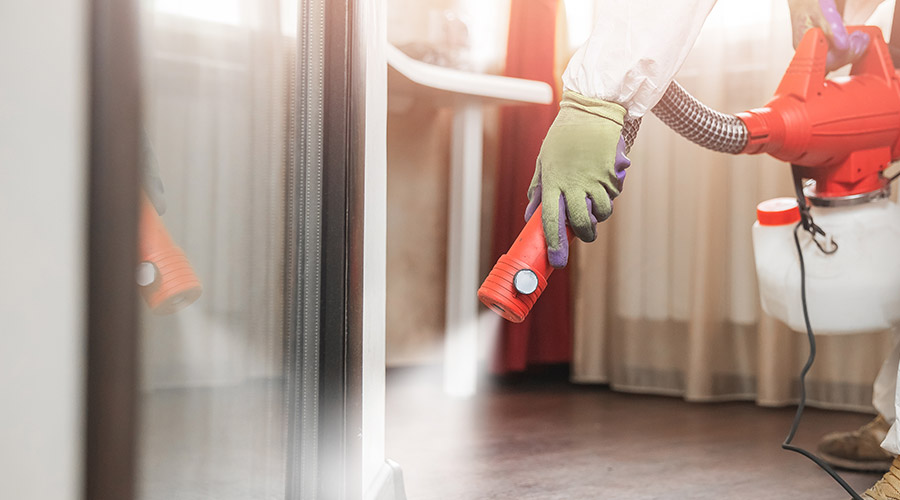Health care interiors play a role in supporting best practices to prevent the spread of infection, Linda L. Dickey, director of epidemiology and infection prevention, University of California–Irvine, said in an article in Health Facilities Management magazine.
According to the article, spaces that provide good working conditions for caregivers, well-designed hand hygiene solutions and surfaces that do not encourage the transmission of pathogens are important to infection control and prevention.
The most effective designs take a holistic approach that considers how the space will be maintained, the article said.
"We need materials and surfaces that can withstand the types of cleaning that we have to do in health care environments," Dickey said
"For furnishings, we're looking for materials that won't easily deteriorate or crack or break, so that we can appropriately clean them. We have to clean with frequency and clean with chemicals that, for right now, are pretty hard on surfaces, and so we need materials that are resilient."
For a recent project at Joe DiMaggio Children's Hospital in Hollywood, Fla., designers specified rubber sheet flooring for the patient rooms and bathrooms. They were able to run the flooring material directly into the bathroom from the patient room with no transition between the two. This design met the hospital's sustainability and patient safety requirements by using a renewable, slip-resistant material and removing a trip hazard; by eliminating the threshold, the design also removed a trap for spills, dirt or pathogens.
Read the article.

 The Top States for Pest Infestations
The Top States for Pest Infestations Ground Broken on Wichita Biomedical Campus Project
Ground Broken on Wichita Biomedical Campus Project Aligning Construction and Facility Activities to Minimize Problems
Aligning Construction and Facility Activities to Minimize Problems Cooper University Health Care Breaks Ground on 'Project Imagine'
Cooper University Health Care Breaks Ground on 'Project Imagine' 3 Employees Injured by Patient at Halifax Infirmary's Emergency Department
3 Employees Injured by Patient at Halifax Infirmary's Emergency Department